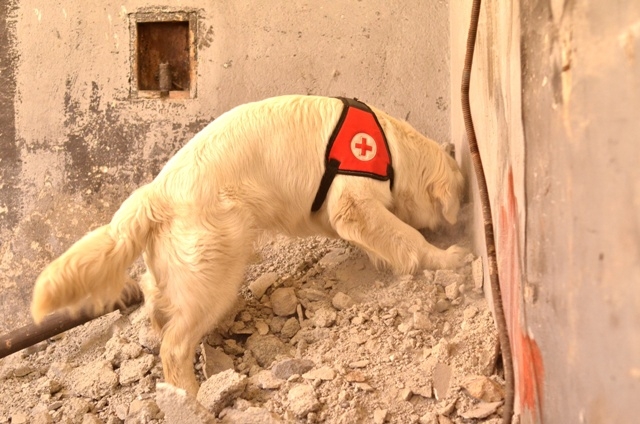The European Union’s Civil Protection Mechanism (UCPM) and the European Commission’s Emergency Response Coordination Centre (ERCC) provide emergency relief after major disasters, such as typhoon Haiyan in the Philippines.
Union Civil Protection Mechanism
The UCPM is the means by which EU Member States (MS) and other participating countries come to each others’ assistance or help third countries when disaster strikes. Such emergencies can be the result of natural catastrophes (e.g. forest fires, earthquakes, floods, epidemics) or of man-made origin (e.g. conflict, oil spills). The mechanism protects people foremost, but may also act on the environment and property, including cultural sites. Countries can provide aid in-kind while the EU can finance certain activities. All MS take part in the UCPM, while others such as the former Yugoslav Republic of Macedonia, Iceland, Liechtenstein, and Norway may also participate.
Trilogue agreement
The Commission has proposed to merge two existing provisions on EU crisis and disaster response. The scope of EU coordination in assessing risks, preparing for disasters and dealing with them will be extended. According to the agreement in trilogue at first reading, which must now be approved in plenary, the UCPM will receive up to €368 million (in current prices) from 2014 to 2020, of which €224 million will cover disasters in the EU, and €145 million assistance outside the EU. Actions to improve preparedness for dealing with disasters, including the ERCC, will receive 50% of the total funding. This will help MS invest in removing gaps in disaster-response capacity.
ERCC

The Emergency Response Coordination Centre (ERCC) was launched in May 2013 in anticipation of the legislation’s adoption. Provided with additional funding and personnel, it merged the functions of the Monitoring and Information Centre, the UCPM’s main coordination centre since 2001 and the crisis room of ECHO (the Commission’s Humanitarian Aid Directorate-General). Equipped with 12 workstations for specialised personnel who not only monitor emergency situations and serve as an information hub, but also work on preparation and planning, the ERCC provides continuous operational capacity. It has an overview of which participating states can provide which “modules“, i.e. distinct teams which can provide specialised assistance such as drinking water or building equipment. When the UCPM is activated, the ERCC proposes ways to combine the modules. However MS have insisted that they retain control and command over their capabilities, especially military assets (for which use in disaster response is restricted).
Recent activities in the Philippines
A recent example of the EU’s action in this field came in the aftermath of Typhoon Haiyan. It struck the Philippines on 7 and 8 November 2013, affecting an estimated 11-15 million people, killing at least 5 700 and displacing 4 million. Within hours, the ERCC deployed experts for a needs assessment and coordination of EU efforts. The Commission made available €10 million for humanitarian assistance, and also €10 million for early recovery and rehabilitation. With contributions from UCPM states, total EU assistance (mostly humanitarian aid) amounted to €130.8 million. Problems the teams encountered with local bureaucracy illustrate the importance of the EP’s view that disaster response, rehabilitation and development efforts must tie in with each other. Strengthening governance would therefore also improve efficiency in delivering disaster relief in complex situations.








[…] EU’s budget is dedicated to external action. One such external action could be a coordinated emergency response to international disasters, such as recently in the […]